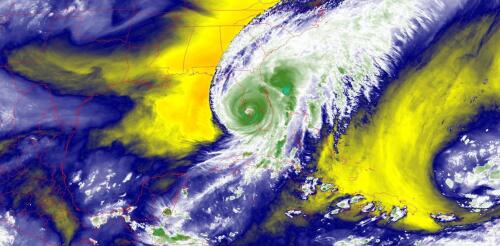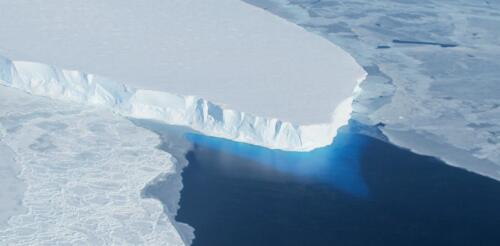Sea level rise
Hurricane Ian hit Florida in September 2022 as one of the United States’ most powerful hurricanes on record, and it followed a two-week string of massive, devastating storms around the world. A few days earlier in the Philippines, Typhoon Noru gave new meaning to rapid intensification when it blew up from a tropical storm with 50 mph winds to a Category 5 monster with 155 mph winds the next day. Hurricane Fiona flooded Puerto Rico, then became Canada’s most intense storm on record. Typhoon Merbok gained strength over a warm Pacific Ocean and tore up over 1,000 miles of the Alaska coast. Major storms hit from the Philippines in the western Pacific to the Canary Islands in the eastern Atlantic, to Japan and Florida in the middle latitudes and western Alaska and the Canadian Maritimes in the high latitudes. A lot of people are asking about the role rising global temperatures play in storms like these. It’s not always a simple answer....
This episode of The Conversation Weekly podcast is about the Thwaites Glacier in Antarctica. Thwaites is among the largest glaciers on Earth and one of the single most important factors for future global sea level rise. We talk to three experts about what makes Thwaites so uniquely significant, why it’s melting and the creative techniques scientists are using to study it. Thanks to climate change, ice all over the world is melting. Greenland, the Arctic the Himalayas and Antarctica are all experiencing the fastest melting in recorded history. As ice that is currently sitting on land melts, it flows downhill and eventually reaches the ocean. If the ice melts faster than snow replenishes the glaciers, sea level rises. The Thwaites Glacier is one of many bodies of ice that are melting, but this massive, Antarctic glacier is uniquely important when it comes to sea level rise. “We’re talking about an area that’s the size of the island of Great Britain,&...

